Hummingbirds & Orioles - Can They Get Along?
Mozart2
17 years ago
Featured Answer
Sort by:Oldest
Comments (16)
lynxville
17 years agolast modified: 9 years agokayjones
17 years agolast modified: 9 years agoRelated Professionals
Oconomowoc Landscape Architects & Landscape Designers · Seabrook Landscape Architects & Landscape Designers · McKinney Landscape Contractors · Fort Mill Landscape Contractors · Fort Worth Landscape Contractors · Natick Landscape Contractors · Pahrump Landscape Contractors · Pleasant Prairie Landscape Contractors · Pueblo West Landscape Contractors · Roswell Landscape Contractors · Tehachapi Landscape Contractors · Boise Decks, Patios & Outdoor Enclosures · Hobart Decks, Patios & Outdoor Enclosures · North Myrtle Beach Decks, Patios & Outdoor Enclosures · Portland Decks, Patios & Outdoor Enclosuresksflowergirl
17 years agolast modified: 9 years agoMozart2
17 years agolast modified: 9 years agosteviedon
17 years agolast modified: 9 years agolynxville
17 years agolast modified: 9 years agobettyka
13 years agolast modified: 9 years agombuckmaster
13 years agolast modified: 9 years agobeversole_live_com
12 years agolast modified: 9 years agovhayes9241_aol_com
12 years agolast modified: 9 years agoJovo442_mts_net
12 years agolast modified: 9 years agobonmeuer_yahoo_com
12 years agolast modified: 9 years agoMary Grady
4 years agogyr_falcon
4 years agohummersteve
4 years ago
Related Stories
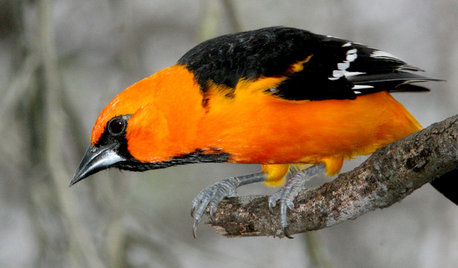
GARDENING GUIDESBackyard Birds: Orioles Return After Spending Winter in the Tropics
These colorful songbirds prefer woodlands and forest edges, but they’ll visit yards with fruit-producing trees and shrubs
Full Story
GARDENING GUIDESBackyard Birds: Invite Entertaining Hummingbirds Into Your Garden
Hummingbirds — unique to the Americas — zip through open landscapes seasonally or year-round. Here’s how to attract them
Full Story
GARDENING GUIDESAttract Hummingbirds and Bees With These Beautiful Summer Flowers
Roll out a welcome mat for pollinators to keep your landscape in balance and thriving
Full Story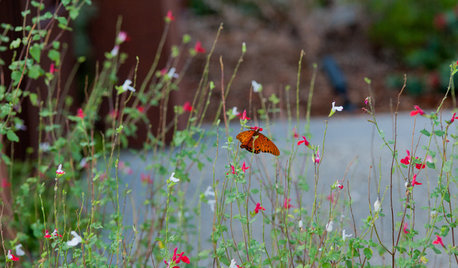
EARTH DAYCreate a Container Wildlife Habitat for Hummingbirds and Butterflies
Don’t let limited space prevent you from welcoming wildlife into your garden
Full Story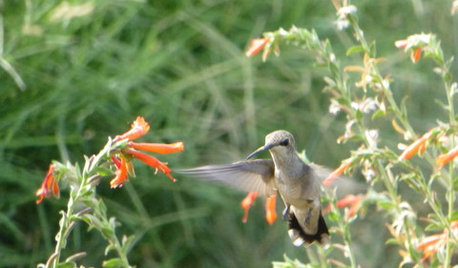
GARDENING FOR BUTTERFLIESGreat Design Plant: California Fuchsia Brings Color and Hummingbirds
Set this summer perennial up in a dry and sunny spot for blazing orange or red blooms into fall
Full Story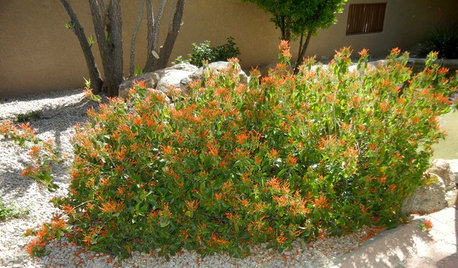
GARDENING GUIDESGreat Design Plant: Justicia Spicigera Brings In the Hummingbirds
Brighten shady areas with the colorful flowers of Mexican honeysuckle, also called mohintli, which appear all year long
Full Story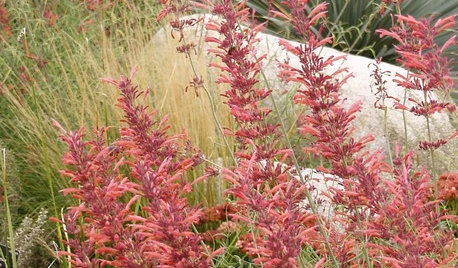
FLOWERS AND PLANTSAgastache Rupestris, a Heat-Loving Hummingbird Magnet
Threadleaf giant hyssop adds color and fragrance to late-summer and fall xeric gardens
Full Story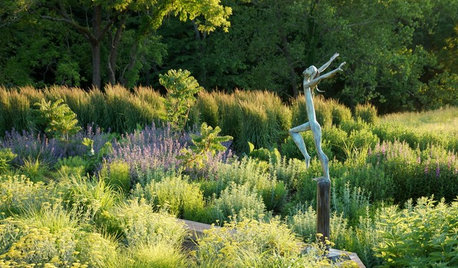
LANDSCAPE DESIGNEnergy Now: Designing a Garden That Gets You Going
Serenity has its place, but a garden that recharges and motivates you can be a beautiful thing
Full Story
DECORATING GUIDESGet Your Edge On: 11 Ideas for Style in the Fast Lane
Show off your personality and give your design a surprising twist with one of these slightly edgier touches
Full Story
MOST POPULAR16 Ways to Get More From Your Small Backyard
Make a tight or awkward yard a real destination with these design tricks from the pros
Full Story





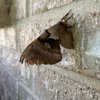
doug